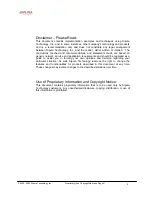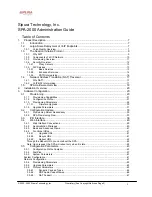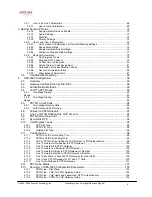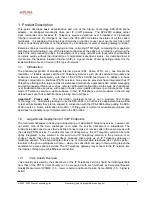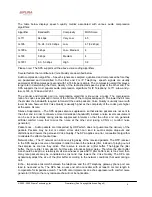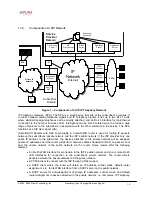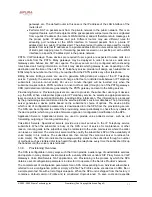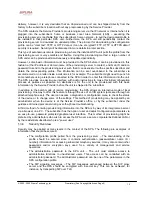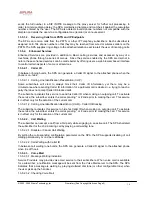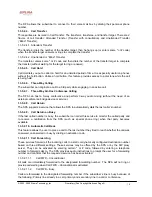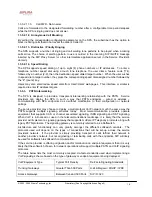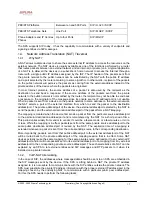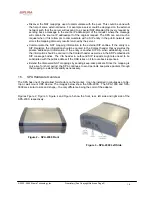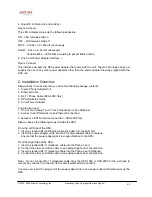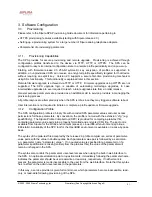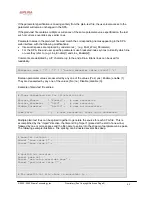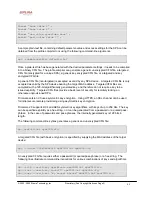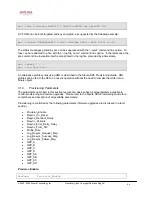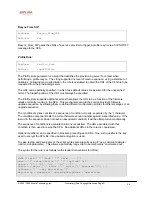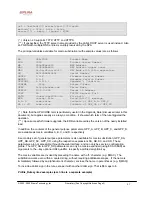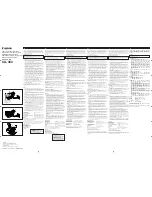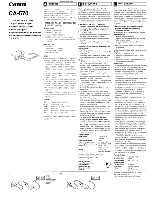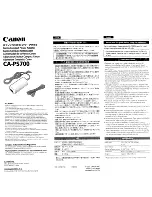
© 2003 - 2005 Sipura Technology, Inc
Proprietary (See Copyright Notice on Page 2)
12
delivery, however, it is very desirable that an Unprovisioned unit can be shipped directly from the
factory to the subscriber’s location without any preprocessing by the Service Provider.
The SPA contacts the Service Provider’s provisioning server via the IP network or Internet when it is
plugged into the subscriber’s home or business Local Area Network (LAN) – assuming the
provisioning server is reachable from the subscriber’s home network – to pull the designated profile to
be installed in that particular SPA unit. Furthermore, the SPA unit will periodically contact the
provisioning server to download an updated profile. The protocol for downloading the configuration
profile can be “clear text” TFTP or HTTP data or it can be encrypted TFTP, HTTP or HTTPS data if
security is required. Security will be discussed in more details in a later section.
This type of autonomous remote provisioning, where the individual SPA unit pulls the profile from the
provisioning server is very scalable and flexible. Using this provisioning method, a large number of
SPA units can be provisioned simultaneously and updated periodically.
However, some basic information must be provided to the SPA before it can be provisioned in this
fashion: a) the IP address or domain name of the provisioning server to contact, and b) an ID and/or a
password to send to the provisioning server such that it can associate it with a specific subscriber and
obtain the corresponding profile. This information can be sent out-of-band to the subscriber via
secured email or in a letter inside a welcome kit, for example. The subscriber might need to punch in
some numbers using a telephone connected to the SPA in order to enter this information into the unit.
The SPA provides an easy-to-use interface with audio instructions to make this initial configuration
process as painless as possible. An alternative is for the unit to be provisioned with this basic
information by the Service Provider before the unit is shipped to the subscriber.
In addition to the batch mode of remote provisioning, the SPA allows an interactive mode of local
provisioning. One way to offer this feature is through the use of an IVR system (accessed through an
attached telephone set). The user can access a diagnostic or configuration menu to check the status
of the device or to change some of the settings. This method of provisioning may be applied by an
administrator when the device is at the Service Provider’s office, or by the subscriber under the
guidance of trained personnel during over-the-phone troubleshooting.
A third method of entering provisioning information into the SPA is by way of its integral web server
via a browser on a PC. The subscriber has the option to set and adjust configuration parameters via
an easy-to-use, password protected graphical user interface. This method of provisioning might be
preferred by administrators who wish to access the SPA over a secure corporate/institutional LAN or
by the residential subscriber who is a “power user.”
1.3.4. Security
Overview
Security may be applied at many levels in the context of the SPA. The following are examples of
information that should be secured:
•
The configuration profile pulled from the provisioning server – The downloading of the
profile should be secured since it contains authentication (password/user name ID /
number) information for accessing subscriber telephony services. It may also contain other
passwords and/or encryption keys used for a variety of management and service
operations.
•
The administration password to the SPA unit – The unit must disallow access to
administrative functions to unauthorized users. This access can be controlled with an
administrator password. The administrator password can be one of the parameters in the
SPA configuration profile.
•
The SIP signaling messages – The SIP messages exchanged between the SIP proxy
server and the SPA should be encrypted with a secret key. This can be achieved, for
instance, by transporting SIP over TLS.


